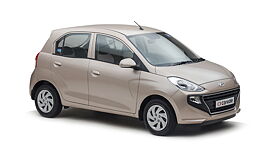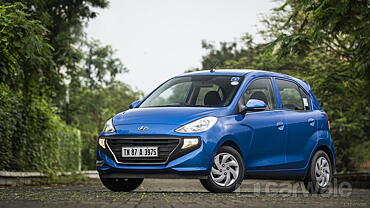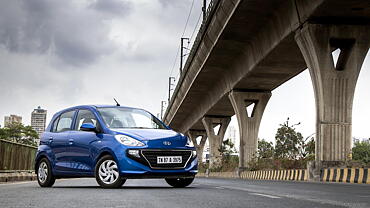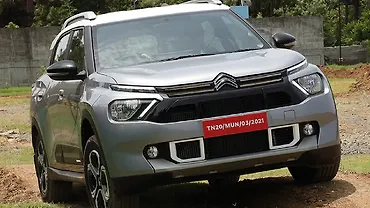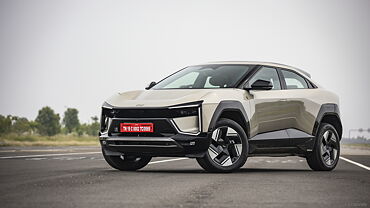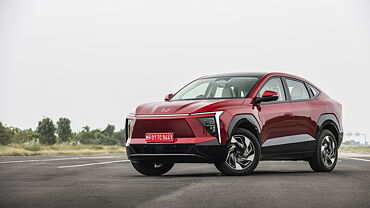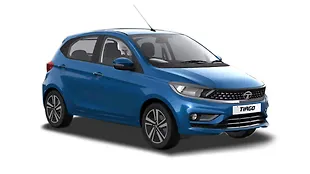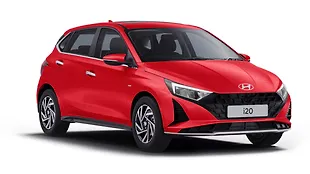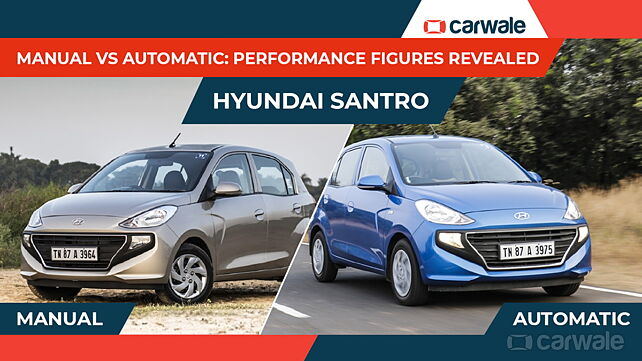
After ruling the Indian market almost 20 years ago, the Hyundai Santro has made a comeback. The little Korean hatchback aims to lure buyers away from the like of Maruti Suzuki Wagon R and Tata Tiago. Being a Hyundai, the Santro does make a case for itself by offering radical looks, practical and spacious cabin, a decent petrol motor with option of both manual and automatic, and even a factory-fitted CNG option. We have comprehensively driven the Santro and you can read the Road Test by clicking here.
Powering the Santro is a 1.1-litre four-cylinder mill producing 69bhp of power and 99Nm of torque. Here is a detailed comparison of the performance of manual and AMT version of the hatchback.

A. Acceleration
| Acceleration | Manual Transmission | AMT Automatic |
| 0-60kmph | 6.47s | 7.36s |
| 0-100kmph | 15.37s | 16.87s |
In our V-BOX tests, the Santro manual hit 60kmph from standstill in 6.47 seconds while the automatic version took 7.36 seconds. It indicates the time the hatchback would usually take when driving within city limits. Apart from that, the Santro manual was again faster from zero to 100kmph taking 15.43 seconds while the AMT did the same run in 16.87 seconds.

B. Roll on times
| Roll On Times | Manual Transmission | AMT Automatic |
| 20-80kmph in third gear/kickdown | 14.84s | 10.33 |
| 40-100kmph in fourth gear/kickdown | 21.78 | 12.46 |
It should be noted that the roll-on acceleration test for the manual version is done in either third or fourth gear. Meanwhile, for the automatic, it is when the gearbox kicks down when accelerated hard. Therefore, the automatics usually tend to be faster in roll-on acceleration compared to the manual counterpart. The Santro AMT took 10.33 seconds to complete the 20-80kmph run and 12.46 seconds for the 40-100kmph roll-on run in kick down. Meanwhile, the manual version took 14.84 seconds for the 20-80kmph run in third gear and the 40-100kmph in-gear acceleration run was completed in 11.25 seconds in fourth gear.

